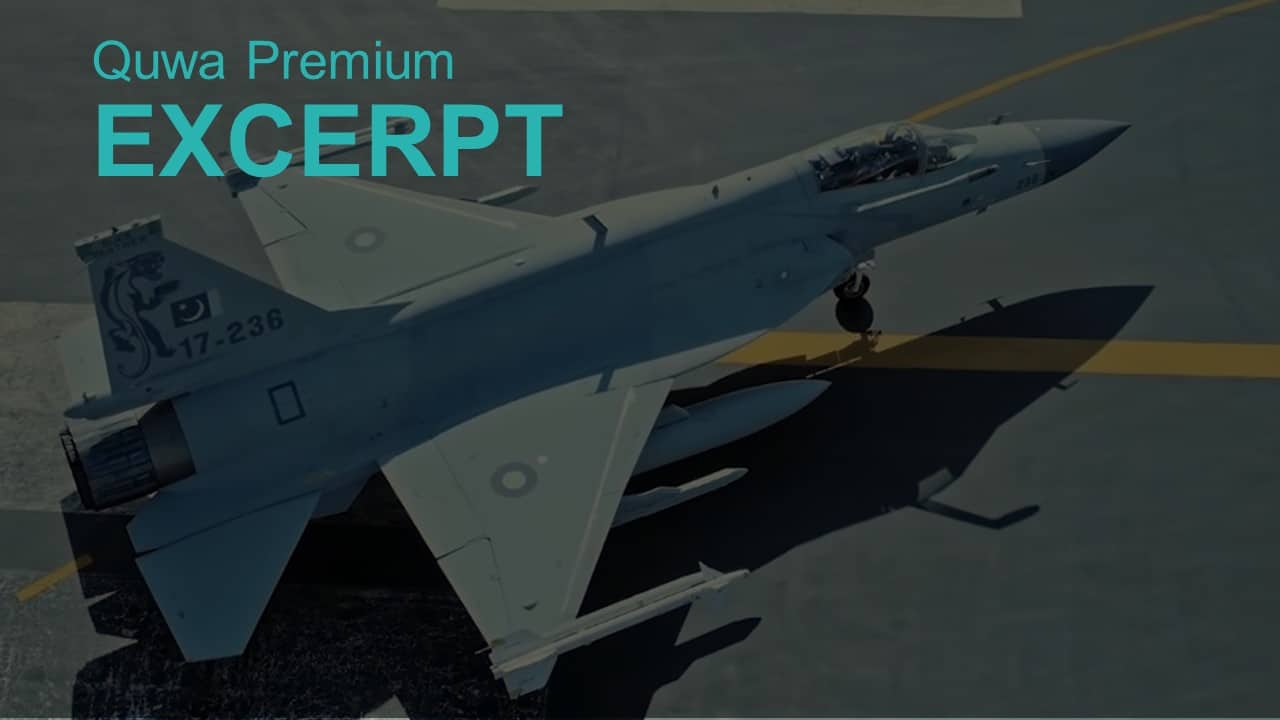Baykar Makina revealed the MIUS, an unmanned combat aerial vehicle (UCAV) designed for carrier operations without the need of a catapult.
Using Swift Retort as a template, the Pakistan Air Force (PAF) will likely carry out the following acquisitions and changes.
The Pakistan Navy’s (PN) Sea Sultan Long-Range Maritime Patrol Aircraft and Jinnah-class frigate programs are key original projects.
Pakistan has multiple drone programs under development or procurement as well as a new communications satellite in the roadmap.
In an interview, Heavy Industries Taxila’s (HIT) Chairman, Maj. Gen Syed Aamer Raza, suggested that the al-Khalid 2 main battle tank could use technology from the VT-4.
Detection of crossings will be a serious capability gap as ground-based surveillance systems are limited. The solution is obvious: drones
Pakistan is allocating funds in its Public Sector Development Programme (PSDP) budget for 2021-2022 to study space development growth.
In May 2021, Pakistan took delivery of additional VT4 main battle tanks (MBT) and subassemblies for the al-Khalid Improved (al-Khalid I).
The Pakistan Navy (PN) is reportedly the launch customer of MBDA’s Albatros NG Naval Based Air Defence (NBAD) system. The Albatros NG uses the CAMM-ER.
The PAF could upgrade its existing JF-17 fleet to acquire fleet-wide ‘first-shot’ and stand-off range strike capabilities in the next five years.










